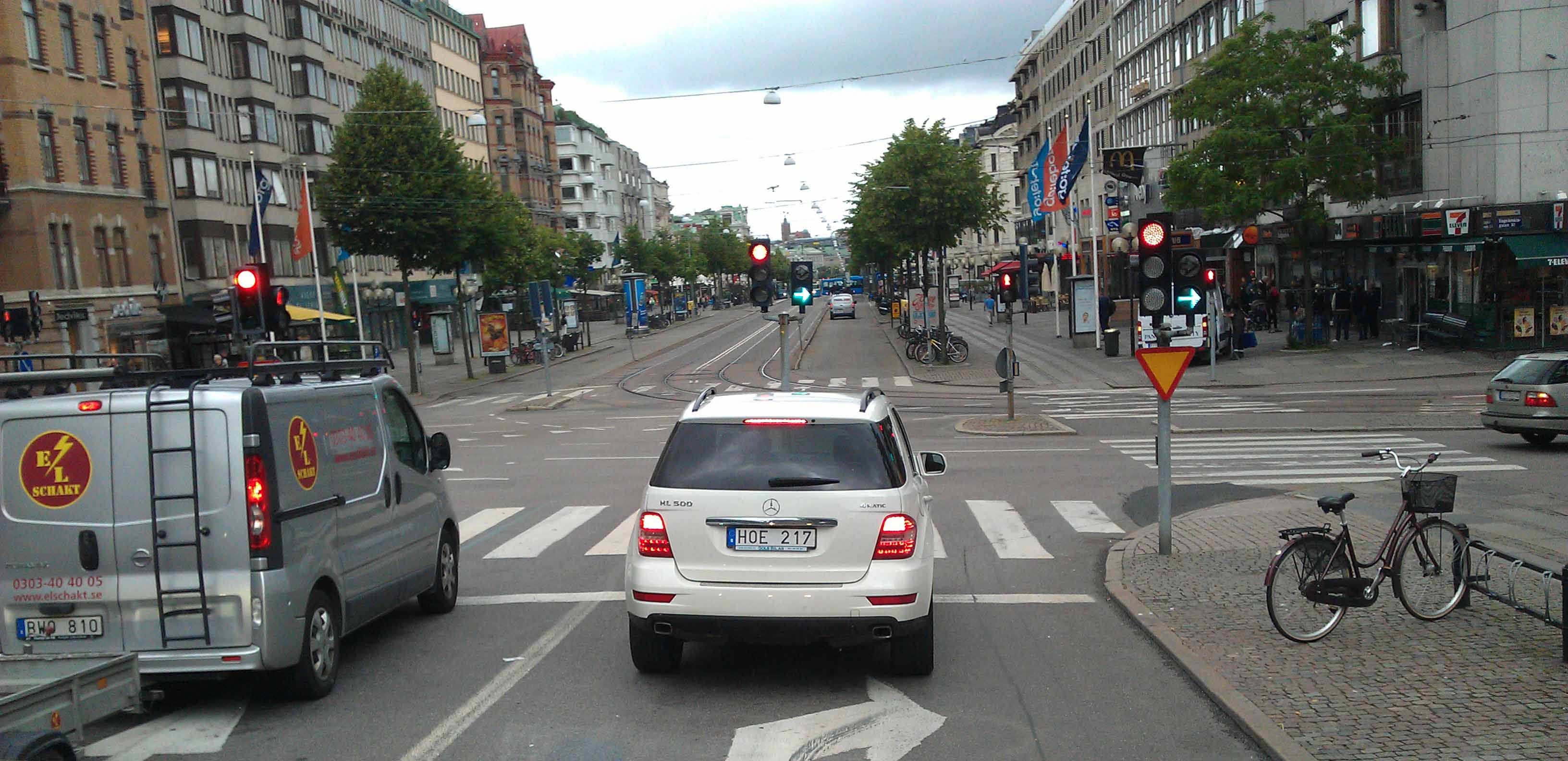Sweden, Göteborg
FC-01x Future Cities (Self-Paced) - Exercise 1 : "Making the Invisible - Visible"

Uploaded on 2017-06-08 by Christoffer Eriksson
This is a photo from Gothenburgs taken in summertime at the famous "avenue" called "avenyn" in swedish. The avenue streches a long way and at its end theres a statue/fountain of poseidon. Around poseidon there is a city library, museum, theater and a cinema. Stores and restaurants streches along side the avenue on the ground floors while housing is above in form of apartments. Public transportation is in the form of busses or trams, theres also local bicyles you can purchase. The avenue consists of important elements such as lights, streetlights, signposts, signs on the ground, different lanes for transportation, bicylke stands etc. One key aspect of the avenue is to have trees or bushes that streches along with it. The first invisible information could be taken from the visible information that is transportation in form of traffic. This invisible information can give you data about who, where, why and when someone is using public transportation. The second invisible information could be taken from the visible information that is socialising (daily activity). Depending on what time it is the city (the place) changes. During the morning and day you would get data from people that is mostly working or heading to work. After 5pm you would get data that indicates shopping or eating, and if its during the weekend the place would change to nightlife with bars and pubs. The first invisible information from public transportation could be used to enhance the flow in the city. You could get data from how many people takes the busses or trams and see when they take it. Data about how many people are in these transportation vehicles could also be improven by adding more or less of them or taking different routes. The infrastructure could be improven by adding or taking away stops. All of these changes could benifit the economy and the environment in the city. Safety measures could be taken by adding blocks etc to heavily populated areas, lowering the risk of a disaster and so on.